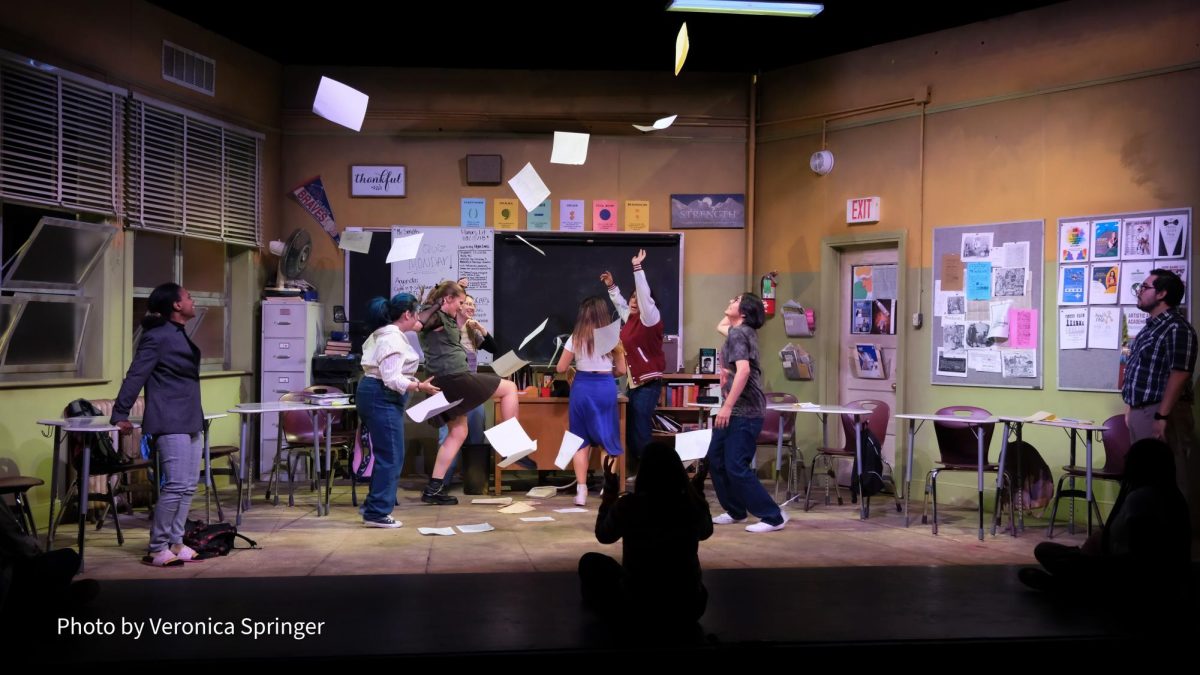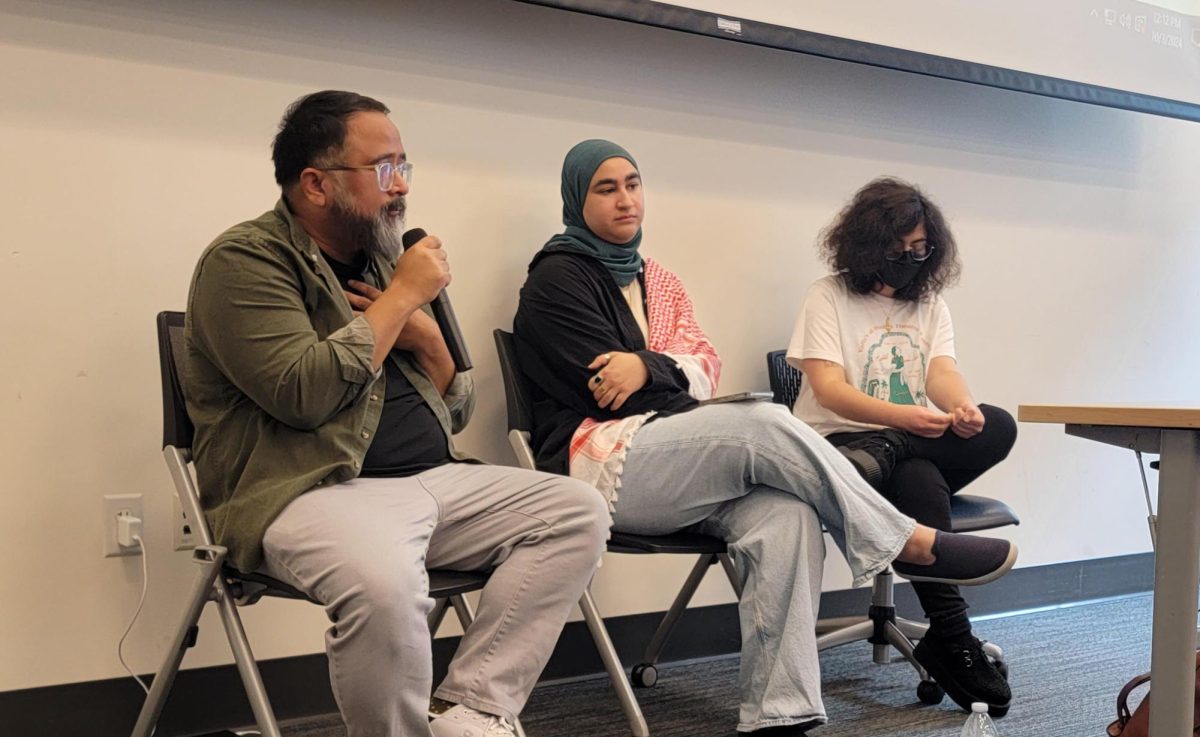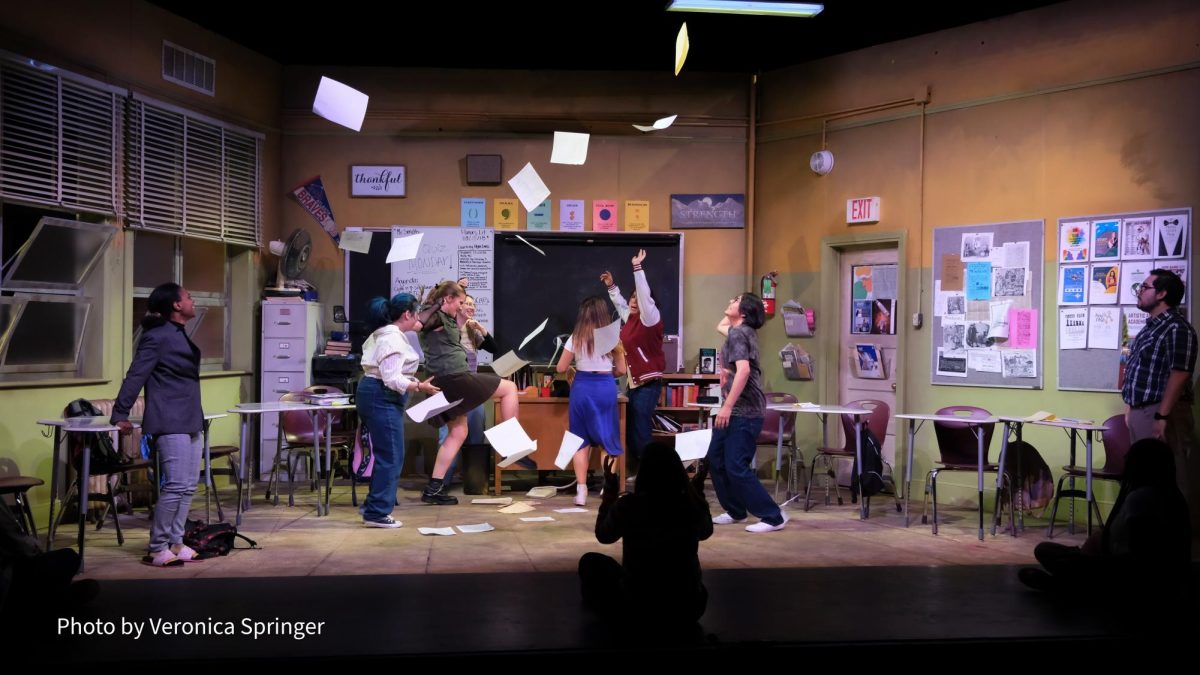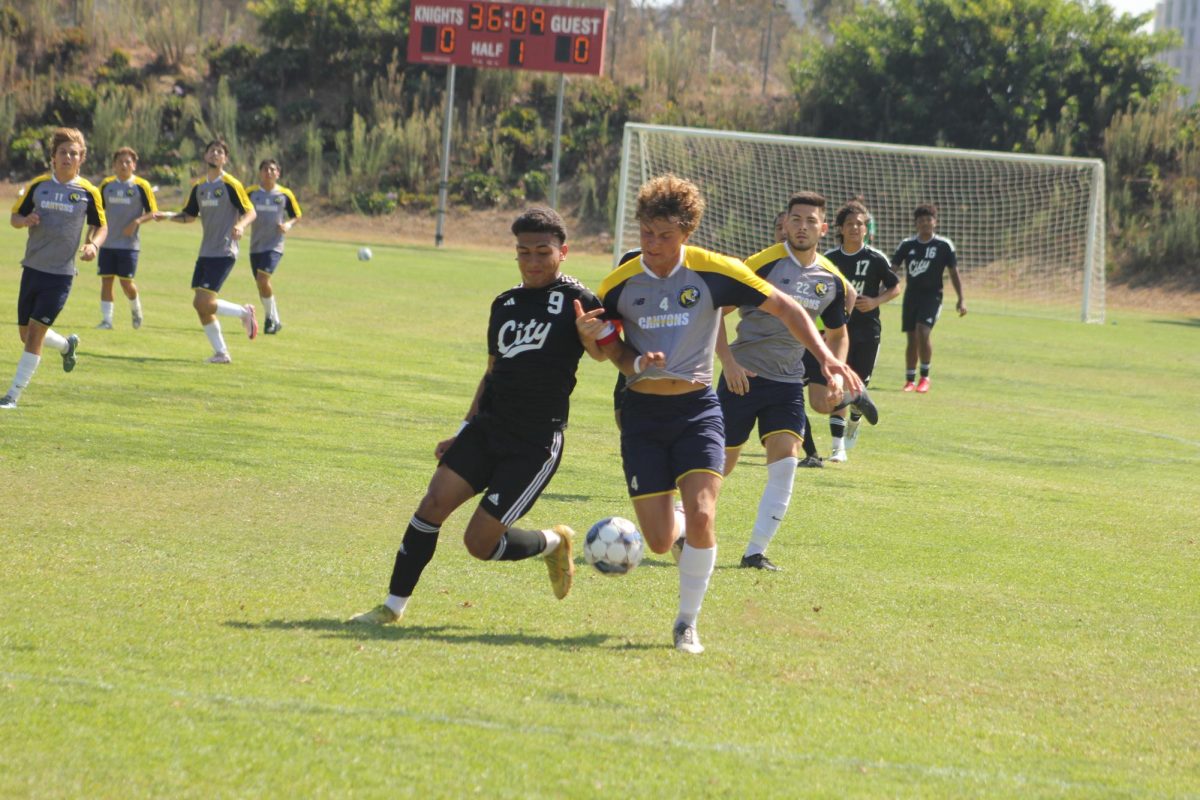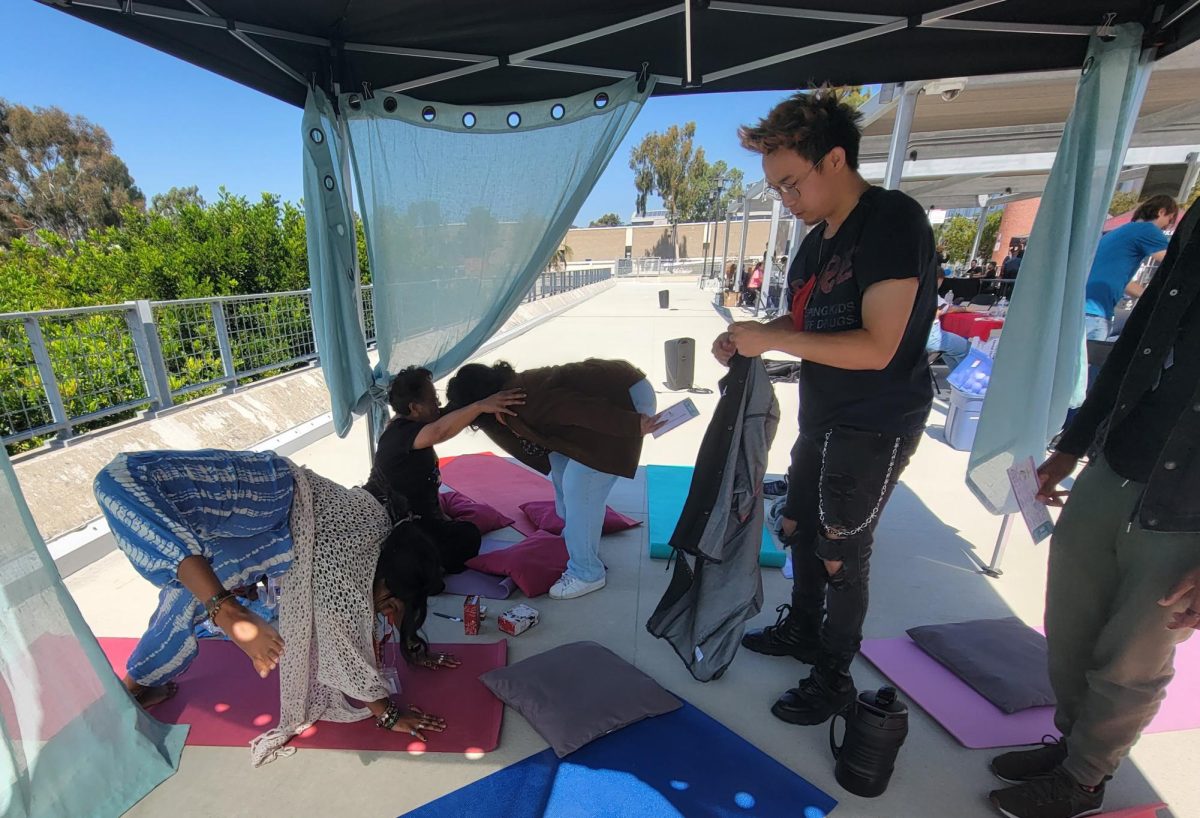In case you’ve been living in a cave down by the beach in the past few months, I’d like to let you know something: there has been quite a lot of violence going on in the world lately. Shootings. People and places blowing up. Revolutions and wars. Rape culture. Of course, if your absence has been because you have retreated to a bomb shelter, then…well played.
But, being the “Gaming Sensei,” I don’t have time to discuss the intricacies of all the aforementioned issues. As Sweet Brown would say, “I ain’t got time for that!” No, my days are absorbed in attaining Nirvana through video game transcendence. And before you laugh, think of this: meditation is about clearing your mind of all thoughts. Now, picture a gamer with a controller in hand.
Exactly.
However, it is my cosmic duty to impart gamer wisdom upon the masses. Violence is the issue at hand, a subject in which video games are no stranger to.
Before I continue, keep in mind that I was born in the same year that Mario warped into existence. I’ve seen all of the video game violence controversies, from Mortal Kombat to Grand Theft Auto. I was subject to the ESRB ratings growing up, the “blood cheat codes,” and the Pokemon animal cruelty outcries (as forcing animals to battle against each other raised more than a few eyebrows back then).
My, how far we have come. Calls against violence in video games began with the 1976 release of “Death Race,” which was a black-and-white arcade game that played and looked like “Pong,” but with a steering wheel. You would drive a car and run over “gremlins” in all of their stick-figure glory. They would shriek when ran over.
And…that was it. No blood. No stealing cars from elderly ladies during a shooting rampage, no emancipating peoples skulls with spines still attached from their bodies. Just a white square running over other screaming white squares.
However, in 1976, that was a bit much. The National Safety Council called it “sick and morbid.” Major news networks ran feature stories on the game, analyzing the psychological impact it would have on those who play it.
Keep in mind, you could make a more advanced game nowadays on your phone while sitting on the toilet (and I’m pretty sure some modern games have been made that way). But at the time, video games were new. Nobody could foresee how far the technology could, or would, go.
In light of “Death Race,” one could see how the mere act of controlling a violent action on a screen could lead to a propensity of violence. Watching violence is one thing; acting it out is another.
Fast-forward to 2013. Some of the most popular games and franchises out today are “Call of Duty,” “Halo,” “God of War” and “Assassins Creed.” All violent in one way or another. The objective in all of them, ultimately, is to kill. Kill in-game characters. Kill other players. Shoot, stab, blow up, assassinate, lightning-fire-ice bolt them, whatever. Oh, and blood.
I know, yikes. We humans seem to like it though, as all of those are best-sellers. Other best-selling games seem, on the surface, to not be violent. “Sim City,” a city building simulation, allows you to wreak havoc on your creations via natural disasters. For some, “Minecraft” is an unlimited Lego-block simulator…yet also includes swords, bow and arrows, and the ability to wage war and kill other players.
To further elaborate, take a look at Jennifer’s summer superhero movie article. I implore you to find one that doesn’t include violence as a primary plot-point, or at least secondary. Or, take a look at the New York Times bestseller “Fifty Shades of Grey.” Violence in association with sex. Of course, this isn’t about sex…I’ll save that for another article. But I’m just sayin….
Ok, so now I have hopefully convinced you that we are all bloodthirsty beasts. Good. That is what I call “wisdom.” But my point is that art, any art, is a reflective expression rather than a cause. We aren’t violent because movies and video games make us that way. They are that way because we have violent tendencies, or at the very least have a fascination with it. Most of human existence has been subject to terrible, violent actions and events. By living in a civilization, we have been able to curb those tendencies and actions, and live in relative peace.
All I’m saying is that many of the violent artistic expressions are reflections of our history, and the deep-seeded, possibly inherent memories of our collectively violent past. Acting them out virtually doesn’t seem to make me want to go out and perform them. In fact, many games have given me a perspective as to why I am glad we live in a relatively peaceful society, particularly when I played “Medal of Honor” back in high school, which threw me into World War II, storming the beach at Omaha. Think “Saving Private Ryan,” except you are the one in control, dodging bullets, watching your fellow soldiers get slaughtered, trying to survive.
Hell, if I had ever wanted to join the service, the realities of what I “experienced” really sent me in another direction.
As for me…yes. I have played all of the games mentioned, and I enjoyed them. But not out of craving for blood (unless the moon is full, then all bets are off). Mostly, the “Call of Duty” games are no different than tag. Kill, kill, die, re-spawn a few seconds later, kill, kill, die, ad infinitum. Yes, guns and/or swords are involved. But when I would play during recess in elementary school, I and all of my other friends, sure as hell had swords and guns (we had imagination back then too…it’s pretty cool, try it out sometime).
If we truly want to figure out as to what or where the roots of violence stem from, we need to stop pointing fingers at our movies, books, video games, and music. Because, who created them in the first place? Who are the ones that eat them up like a pack of zombies? Yeah, I know…me too.

